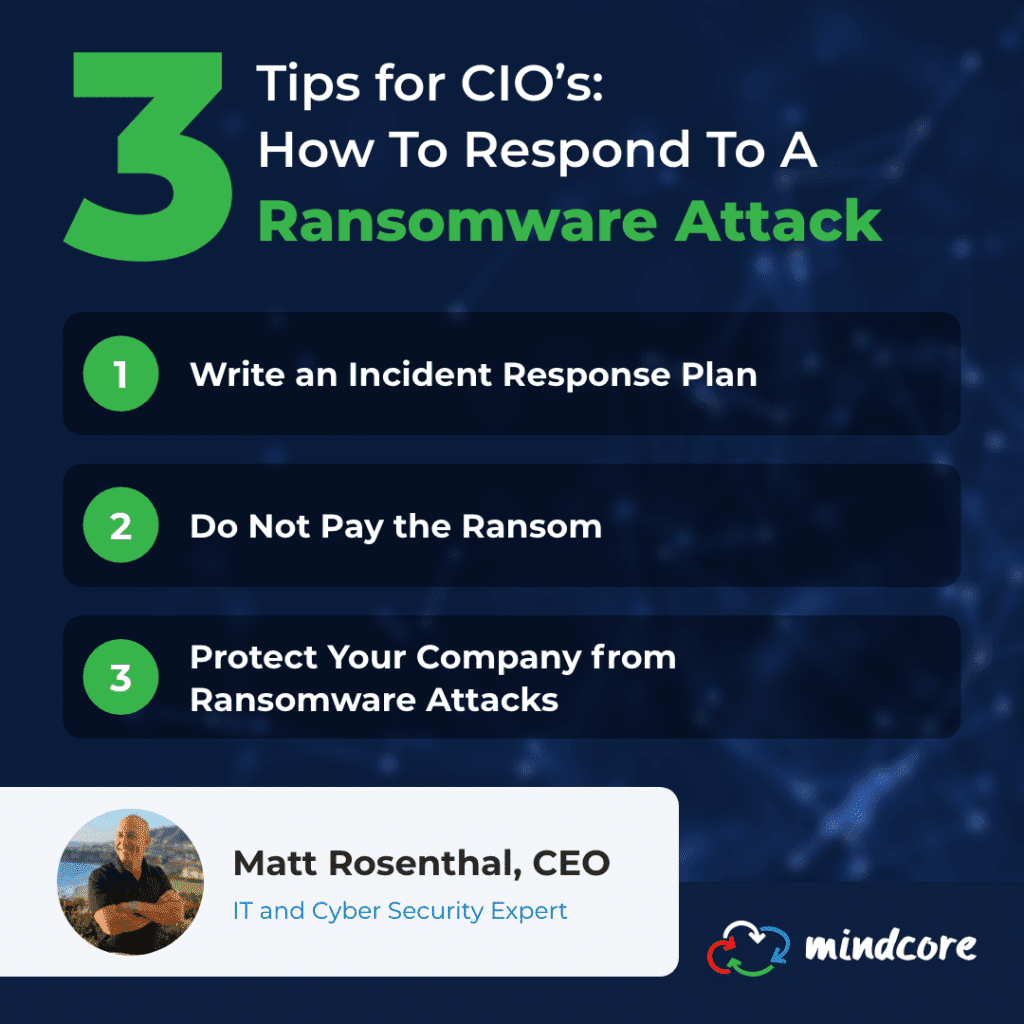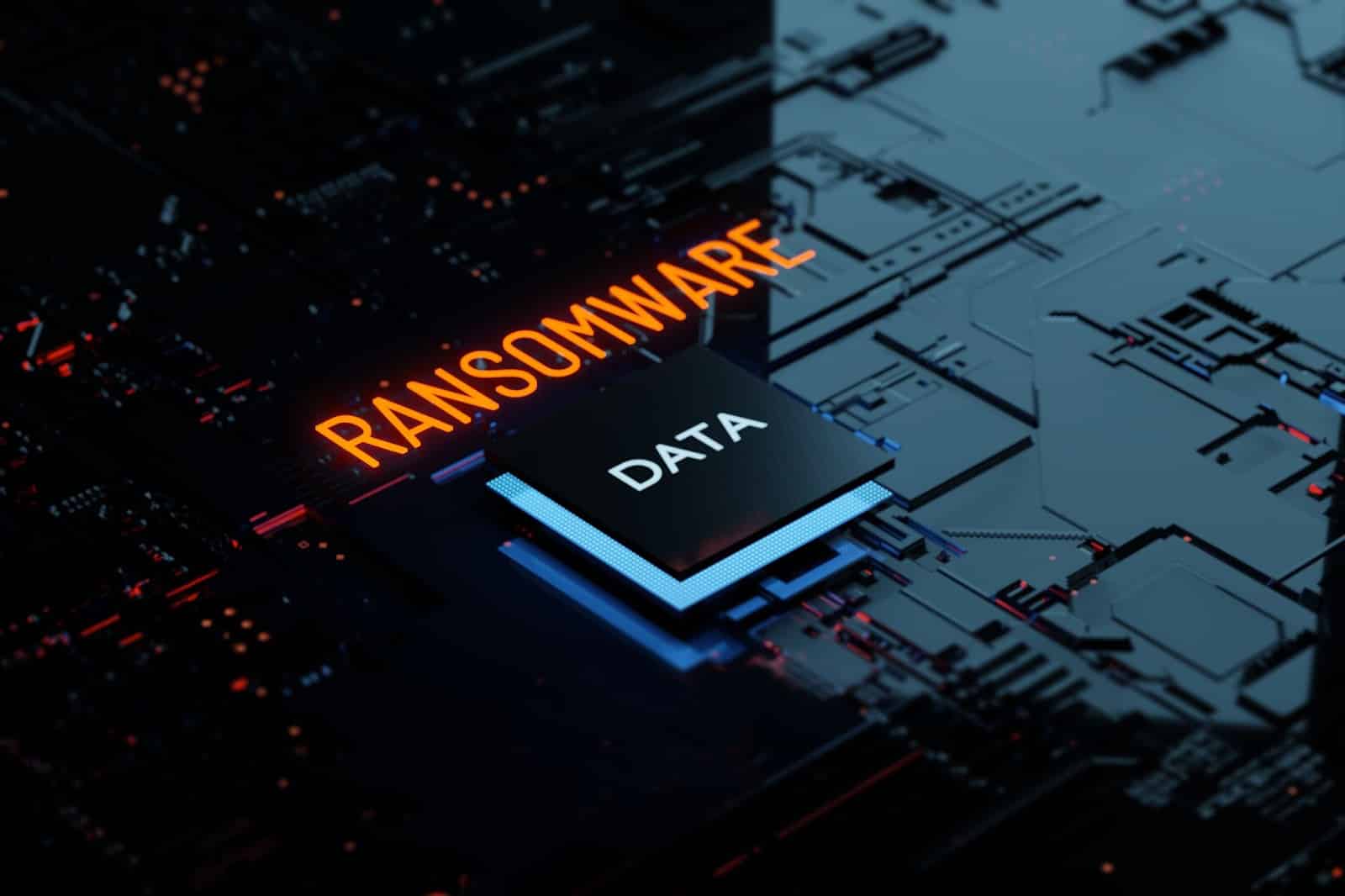
Falling victim to a ransomware attack has become almost inevitable, and companies are the biggest target. Ransomware encrypts or blocks access to a victim’s data until a demanded ransom is paid. A single vulnerability on an IT network is enough to put your company’s sensitive data, finances, and reputation at risk.
You may think your organization is too small to be a target or the industry you work in is immune to hackers — unfortunately, you’re wrong. Ransomware attacks happen when basic security measures are ignored and there are no policies or procedures in place to protect your IT infrastructure. As a CIO, you need to be prepared for the worst-case scenario, avoiding common security mistakes and implementing an Incident Response Plan.
Common Mistakes Organizations Make
The most common mistake organizations make, by far, is a failure to have the basic security measures in place. When it comes to ransomware or other related cyberattacks, organizations need to take a proactive approach to security. The first 48 to 72 hours after an attack are crucial to the health of your business. Many organizations fail to address a key step when responding to any incident, which is not performing a root cause analysis. You could set yourself up for an even worse disaster if you don’t fully understand the underlying problem that led to the attack in the first place. Conducting an investigation to identify the full extent of the infiltration can help your organization fix the root cause of the issue instead of wiping out your system entirely before you find out what led to the incident.
Write an Incident Response Plan
Being prepared can be as simple as having an incident response plan (IRP) that defines the “who” and “what.” The IRP should outline who is involved and what they are responsible for in case there is an incident, which is generally a key stakeholder or a member of your IT staff that has in-depth knowledge of your IT infrastructure.
It is essential to have a list of who needs to be contacted in order of importance both externally and internally. Ideally, your security team should be the designated first responders in the event of an attack, as well as the CIO or executive-level employees.
The “what” part of the IRP refers to the processes and technology needed to help you respond to an attack, determining how quickly normal operations can resume. However, it is important to stay alert – as even larger companies with well-resourced cyber security teams still have constant battles with ransomware. Always try to stay one step ahead of threat actors trying to exploit your business.
Do Not Pay the Ransom
One part of a ransomware attack that isn’t frequently discussed is the ransom itself. Sometimes despite best efforts, the only solution is to pay the ransom. However, this should be the last resort. It’s important to exhaust every possible option for restoring operations before paying off the hackers. Assess the impacted data and backups and conduct a cost-benefit analysis of rebuilding versus paying the ransom. If you go into negotiation before you have a full picture, you have no leverage and may end up paying more than is necessary for decryption keys. You even risk the threat actor going dark and losing any chance of recovery. Whatever the situation is, remember to stay calm.
Protect Your Company from Ransomware Attacks
Mindcore helps companies in New Jersey and Florida fight ransomware attacks with expertly designed cyber security services. Our solutions are tailored to match your specific needs and goals, so you can focus on what you do best. Contact us with any questions you may have or schedule a consultation today.

